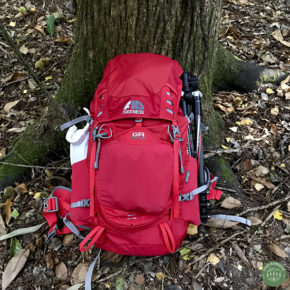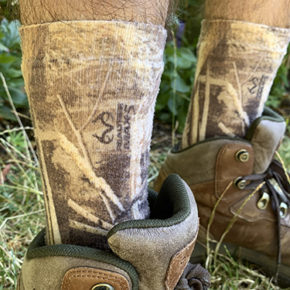Many of you know that when it comes to equipment, I’m not one to be swayed by the latest marketing hype. By this I mean I don’t tend to ditch cameras, lenses, bags etc for the latest models just as soon as they are superseded.
Why? In simple terms, if my kit is doing a great job of allowing me to produce the results I want, and my clients are happy with their pictures, then there seems no reason to change just for the sake of it (or because I feel a need to keep up with the Jonses).
If it ain’t broke… Well, you know what they say.
But what happens when one of your favourite/most reliable pieces of kit does break? This was the situation I faced recently when my beloved Canon Powershot G9 (used for behind-the-scenes photos/videos) needed repair work.
Long story short, I went onto eBay and purchased a mint condition, second hand G9 for just a few pounds more than it would have cost to have my old one repaired. It’s spent its life mostly boxed up in a cupboard, there’s not a scratch to be seen on it and the dials still have that ‘factory tightness’ which would soon wear away with regular use. But why didn’t I upgrade to a newer model?
Having used this model for around three and a half years, I can honestly say it has become a truly indispensable tool on a great many assignments. Whether to capture behind-the-scenes snaps and reference shots at a recce, or to film events in real time, this little machine has come up trumps more times than I can remember. Quiet, subtle, unobtrusive – it is small enough to slip easily into a jacket pocket, yet powerful enough to deliver. And thanks to its rugged body, it has done remarkably well in all conditions from rain-soaked moorland to sun-baked car forecourts.
To be fair, my original G9 was becoming a little cranky, with me turning to manual mode with ever more regularity. But, to be equally fair, this requirement could have something to do with the fact that I’d had it repaired a couple of times following drops onto the pavement (1x lens realignment, 1x circuit replacement).
Sure, there are newer models in the range, not to mention cameras by other manufacturers. Personally, I don’t like the idea of swing-out LCD screens, as I can see them catching on clothing etc when working in a hurry; this is one reason why I decided not to upgrade to a G10 or G12, for example.
Then there’s the simple fact that I have become accustomed to the way the G9 sees and records the world. Again, applying my way of working has always meant it does the job for me. The 12.1 megapixels offered is more than enough for my requirements and the 640 x 480 ‘standard’ video quality setting is more than adequate for a great many web applications. So much so that I’ve never really felt the need to ramp up to the 1024 x 768 setting.
I won’t run through all the specifications here, but if you’re interested, you might like to take a look at this page on the Canon website.
My only real gripe with this camera over the years concerns ISO/noise levels – specifically, that when you set the camera above ISO 400, the ‘grain’ within images is often clearly visible, whereas it is not at the lower sensitivities. This, of course, is not such an issue most of the time, as I very rarely go above 400 anyway.
So in a nutshell, that’s why I am sticking with the G9. Am I crazy? Some might say yes, but at the end of the day you have to realise that cameras, lenses, flash guns et al are merely just tools of the trade. This camera was never going to be my choice for shooting client work and I am well aware of its limits.
But for the sake of not being seen with the latest, flashy, whizz-bang model, I think I’ll take advantage of bargains like this from time to time, and I would recommend anyone do the same.







